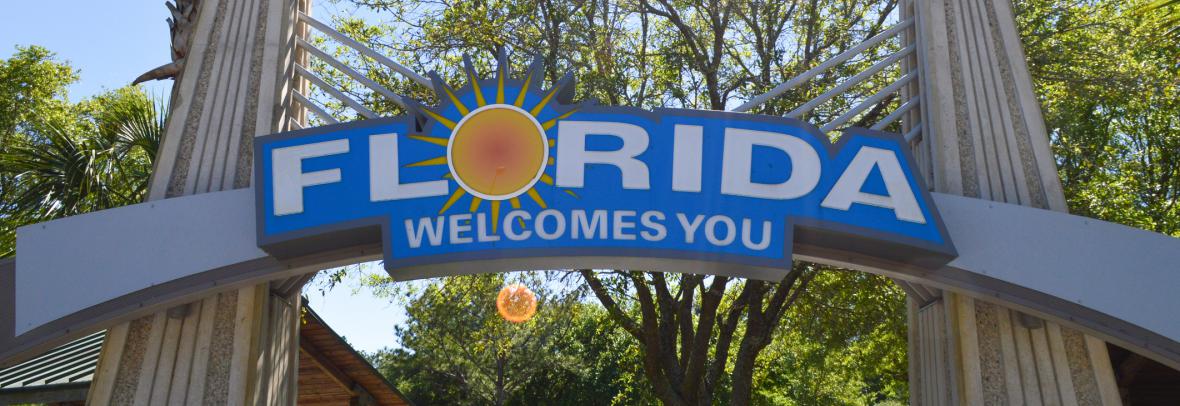
Orlando and Jacksonville are among the Florida cities breaking the national trend of a housing supply deficiency.
WASHINGTON – It’s no secret the U.S. housing market has been hot in recent years. That has continued into 2024, despite mortgage rates staying close to 7% so far.
The hot housing market during the COVID pandemic was coupled with a construction boom. Thanks in part to a subsequent shortage of supplies, construction was delayed in some areas. While that has mostly rebounded, newly released data from Zillow shows the U.S. still doesn’t have enough housing — and it’s only getting worse.
Overall, Zillow’s estimates, released Tuesday, show the U.S. housing deficit has reached 4.5 million according to the most recent data from 2022. That’s an increase from 4.3 million in 2021.
Researchers pointed to two contributing factors: the number of families likely to be looking for their own home and the number of homes available to buy or rent. Zillow reports that at any given point in 2022, there were more than 8 million “potentially preferring to live on their own” but only about 3.55 million vacant homes for sale or rent.
“The simple fact is there are not enough homes in this country, and that’s pushing homeownership out of reach for too many families,” Orphe Divounguy, senior economist at Zillow, explained in a press release, adding that even renters are “being cost burdened.”
“We are in a big hole, and it is going to take more than the status quo to dig ourselves out of it,” Divounguy added.
There are some metro areas in the country that find themselves worse off than others.
Those along the Pacific and Atlantic coasts are seeing the greatest impacts, Zillow determined. According to the report, the 10 cities with the worst shortages were Boston, Sacramento, Portland, San Diego, San Francisco, San Jose, Seattle, Minneapolis, Los Angeles, and Austin.
Austin and Seattle, however, also ranked among the markets that saw the largest increase in housing supply in 2022. Joining those cities in that trend were Orlando, Jacksonville, Dallas, Houston, San Antonio, Raleigh, Nashville, and Phoenix.
Unsurprisingly, the nation’s two largest cities — New York and Los Angeles — have the largest estimated overall housing shortages at roughly 390,000 and 337,000, respectively. Between 2021 and 2022, New York City’s housing shortage increased by more than 3.5%, according to Zillow. Los Angeles’ increased by less than 1%.
Of the 50 metros analyzed by Zillow, Memphis, Tennessee, had the lowest overall shortage at slightly more than 3,300. That is, however, up more than 8% over the previous year.
There are signs of hope on the horizon, however. Zillow points to U.S. Census Bureau data, which found roughly 1.45 million homes were completed in 2023. That’s up from the 1.4 million built in 2022.
Even if homes became available in those markets, some potential homebuyers may not be able to afford the mortgage. In San Diego, San Jose, and Los Angeles, for example, Zillow estimates less than 3% of non-homeowner households could afford the typical mortgage.
The trend is similar in other cities throughout the West — San Francisco, Salt Lake City, Portland, and Denver among them.
The situation is seemingly better in the Midwest and Ohio Valley. Nearly 26% of non-homeowner households in Pittsburgh could take on the usual mortgage, Zillow estimates. In Detroit, that rate is just over 23%.
There may be improvements on that front as well. Redfin reported Tuesday that home prices in the U.S. are rising at the slowest pace in nearly a year and a half. New listings have also been trending upward.
Mortgage rates have also eased in the U.S., dropping last week to 6.95%, down from 6.99% the week prior. That is, however, up from the 6.69% recorded at the same time last year, according to the Associated Press.
© 2024 WCBD, Nexstar Broadcasting, Inc. All rights reserved.
Go to Source
Author: amyc



